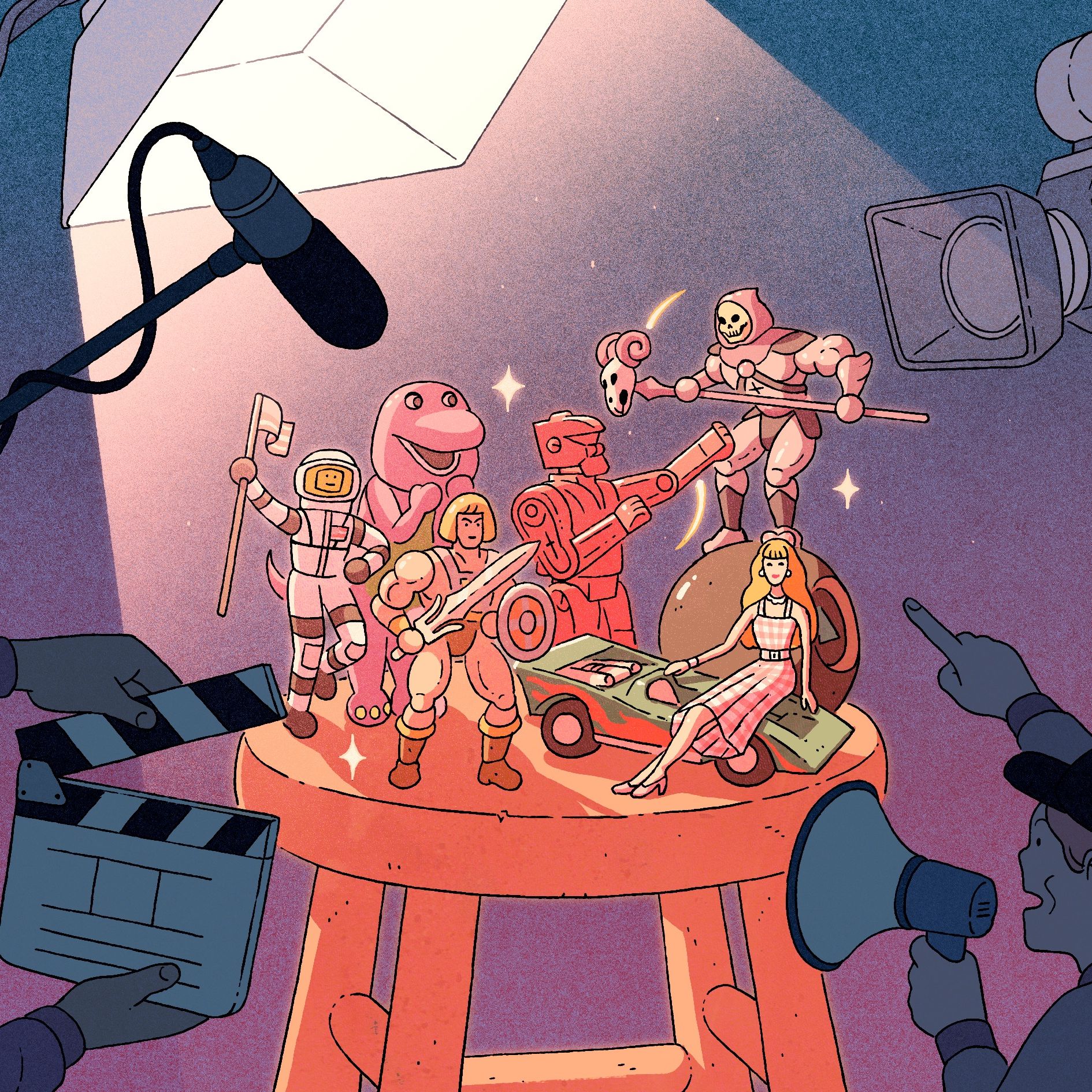
Hollywood is turning toward raw, realistic storytelling. From The Last of Us to Joker, explore 10 reasons why gritty realism is taking over movies and TV in 2025 — with real examples, FAQs, insights, and expert takeaways.
Hollywood is in the middle of a creative shift — trading polished spectacle for gritty realism and emotional truth. Films like Joker and series like The Last of Us and Succession have redefined what authenticity means on screen. Today’s audiences crave characters who bleed, fail, and feel human. Here’s why Hollywood is finally embracing gritty reality — and what it means for the future of storytelling.
What Does “Gritty Reality” Really Mean in Hollywood?
In the evolving landscape of cinema and television, one term stands out in 2025’s creative vocabulary — gritty reality.
But what exactly does it mean?
Gritty reality (sometimes called neo-noir realism or emotional verisimilitude) describes stories that embrace imperfection, moral complexity, and the raw, unfiltered sides of human experience.
Instead of spotless heroes and glossy worlds, we get:
- Flawed, morally gray characters
- Environments that mirror emotional decay
- Realistic consequences instead of happy endings
- Deep emotional vulnerability and human struggle
The essence of grit isn’t darkness for darkness’ sake. It’s about truth without sugarcoating — exposing pain, joy, failure, redemption, and contradiction. And it’s finally becoming Hollywood’s favorite new narrative language.
1. A Look Back: The Legacy of Grit in Hollywood
The 1970s: When Grit Was Born
The 1970s are often called the golden age of realism.
Films like Taxi Driver, The French Connection, and Chinatown dismantled the polished facades of American cinema. They were messy, violent, cynical, and deeply human.
These films dared to ask uncomfortable questions — about morality, alienation, and the fragility of the American dream.
That raw aesthetic became an identity — one that would later inspire filmmakers like Martin Scorsese, David Fincher, and Denis Villeneuve.
“The cinema of the 1970s didn’t just show the world — it made you feel its wounds.” — Film Comment Journal
The 1980s–2000s: The Polished Blockbuster Era
Then came the blockbuster revolution. Star Wars, E.T., Jurassic Park, and superhero franchises turned Hollywood into an empire of spectacle.
Realism took a backseat to escapism. Audiences wanted fantasy, CGI magic, and clean-cut heroes.
But the hunger for authenticity never disappeared. It simply migrated underground — into indie cinema and prestige television.
The Rise of Prestige TV and Indie Grit
In the 2000s and 2010s, shows like The Wire, Breaking Bad, and The Sopranos brought grit back in full force.
They broke the rules — exploring corruption, moral decline, and human frailty in serialized depth.
Meanwhile, indie filmmakers like Darren Aronofsky (Requiem for a Dream) and Kathryn Bigelow (The Hurt Locker) proved that low-budget, high-impact realism could win both hearts and Oscars.
2. Evidence That Hollywood Is Finally Embracing Grit
2025 isn’t about whether gritty realism exists — it’s about how deeply it has infiltrated mainstream culture.
Here are today’s strongest examples:
The Last of Us (HBO Max)
Adapted from the hit video game, this series captures humanity’s collapse — not through monsters, but through grief, moral ambiguity, and love under duress.
It’s The Walking Dead with empathy — a meditation on loss, trauma, and survival.
Critics hailed it as “a triumph of emotion over apocalypse.”
Joker (2019)
Todd Phillips’ Joker changed everything.
It wasn’t just a comic-book movie; it was a character study about loneliness, mental illness, and society’s neglect.
Shot like a 1970s Scorsese drama, it redefined what a “superhero” origin could be.
With over $1 billion in revenue, Joker proved audiences will pay for pain if it feels authentic.
True Detective (Seasons 1 & 3)
Nic Pizzolatto’s anthology series took noir and infused it with existential despair.
Its first season was a deep dive into corruption and cosmic dread, while Season 3 explored time, trauma, and redemption with surgical precision.
Each episode looked and felt like an independent film — shadowy, slow, hypnotic.
Euphoria
Though visually dazzling, Euphoria’s realism lies in its emotional vulnerability.
It explores teenage addiction, identity, abuse, and recovery — not as drama, but as lived chaos.
Zendaya’s performance humanizes what would otherwise be sensationalized.
Ozark
A financial advisor-turned-criminal. A family trapped in moral debt.
Ozark is an anti-hero masterpiece — a spiritual cousin to Breaking Bad.
It’s a show about choices, consequences, and survival in a world without saints.
Mindhunter
David Fincher’s chilling drama doesn’t rely on gore. Instead, it weaponizes psychology.
Conversations with serial killers are shot like chess matches.
Each frame feels heavy, real, and uncomfortably human.
Hollywood Grit (2025)
A new release — Hollywood Grit, directed by Ryan Curtis — explores Los Angeles through the eyes of a detective searching for his missing daughter.
The film strips away Hollywood’s glamor to reveal the shadows beneath its neon.
Curtis calls it “a film about truth beneath illusion.”
Dark Fairy Tales & Feminine Grit
Hollywood is also reinventing fairy tales with darkness.
Films like The Substance, Emilia Pérez, and Anora merge beauty with brutality — showing women’s rage, loss, and empowerment.
Data Doesn’t Lie: Emotional Intensity Is Rising
A recent arXiv study (2025) found emotional extremity and abusive dialogue have doubled in film scripts compared to the 1990s.
Writers are prioritizing realism, conflict, and consequence — hallmarks of grit.
3. Why Now? The Cultural Forces Behind Hollywood’s Grit Revolution
Why is this shift happening now?
The answer lies in a combination of cultural fatigue, streaming freedom, and emotional evolution.
1 Audience Sophistication
Audiences are tired of predictable formulas.
After a decade of superhero spectacles, viewers crave truth over perfection.
They want vulnerability — the kind that makes characters human again.
“We’ve seen perfect people for 20 years. Now we want to see the cracks.” — Rolling Stone Interview, 2024
2 Streaming Platforms Encourage Risk
Netflix, HBO Max, and Prime Video have changed Hollywood’s business math.
Unlike theatrical blockbusters, streamers can take creative risks — knowing that niche but passionate audiences will sustain engagement.
Shows like Beef and Black Bird prove risk = reward in streaming storytelling.
3 Awards and Prestige Culture
Prestige sells.
Oscars and Emmys are magnets for gritty storytelling.
Studios chase that credibility because grit wins awards — and awards drive longevity.
4 Cultural Reckoning & Social Reflection
In the age of pandemic trauma, racial justice movements, and climate anxiety, sugarcoating feels dishonest.
Viewers crave art that reflects the emotional truth of our times.
Films like Don’t Look Up or Nomadland show this mirror effect — art as truth therapy.
5 Creative Rebellion
A new generation of filmmakers — Barry Jenkins (Moonlight), Greta Gerwig (Barbie, Lady Bird), and Issa Rae (Insecure) — are rejecting formulas.
They bring personal, painful honesty into mainstream storytelling.
This is no longer about rebellion; it’s evolution.
6 Franchise Fatigue
Franchises are running out of steam.
Audiences no longer reward repetition.
“Dark reboots” and “realistic spinoffs” — like Logan and Andor — are studios’ attempts to inject new life into worn brands.
4. What Has Changed — and What Hasn’t
✅ What’s Changed
- Grit is mainstream: Streaming and cinema have embraced realism.
- Emotional diversity: Stories now include addiction, trauma, and mental illness.
- Diverse voices: Filmmakers from marginalized communities are bringing authentic perspectives.
- Audience literacy: Viewers understand emotional nuance — and reward it.
❌ What Hasn’t
- Censorship: Ratings still limit how dark content can go.
- Market concerns: Studios must appeal globally; some markets avoid heavy themes.
- Over-marketing: Trailers often hide the grit to seem “accessible.”
- Darkness fatigue: Continuous bleakness can desensitize audiences.
Hollywood is walking a tightrope — balancing truth with commercial viability.
5. FAQs About Hollywood’s Gritty Shift (2025 Edition)
Why is gritty realism trending now?
Grit speaks to our times.
We live in an era of truth-seeking — politically, socially, emotionally.
Viewers crave narratives that acknowledge pain and imperfection instead of hiding them.
Is gritty storytelling more expensive?
No. In fact, it can be cheaper.
Many gritty films rely on raw performances, tight scripts, and real locations — not expensive VFX.
What costs more is writing emotionally complex stories that resonate.
Do superhero and sci-fi genres use grit now?
Absolutely.
Logan, The Batman, and Andor show how even fantastical genres can ground themselves in human pain and consequence.
It’s no longer about powers — it’s about purpose.
Will audiences get tired of dark stories?
Some already do.
That’s why balance matters.
Grit isn’t meant to drown hope — it should highlight it.
The best stories (like The Last of Us) blend despair with redemption.
Which genres benefit most from grit?
- Crime and noir thrillers
- Psychological dramas
- Social commentary films
- Dark comedies and anti-hero stories
Even fantasy and romance can carry grit when emotionally honest.
Does grit always mean violence or tragedy?
No.
True grit is emotional — not physical.
It’s about honesty, not brutality.
A simple, quiet scene can be grittier than a gunfight if it’s real.
How does grit improve character development?
By embracing flaws.
Characters who fail, hurt others, or lose faith often teach us more about life than those who always win.
Does gritty TV perform better than glossy shows?
Prestige-wise, yes.
Shows like The Bear, Succession, Euphoria, and The White Lotus dominate award circuits because of emotional realism.
However, family-friendly shows still lead in sheer viewership.
How can writers pitch gritty ideas to studios?
- Lead with emotional truth, not shock value
- Reference successful gritty shows (Ozark, Breaking Bad)
- Offer tonal flexibility (strong and mild versions)
- Emphasize audience empathy
Will grit replace escapism entirely?
Never.
Hollywood thrives on variety.
Grit doesn’t kill fantasy — it deepens it.
When used right, realism gives even escapist films a heartbeat.
6. For Creators: How to Write or Produce Gritty, Realistic Stories
If you’re a screenwriter or filmmaker, here’s your blueprint to harness Hollywood-grade grit:
- Start with a flawed character — internal conflict drives real emotion.
- Mirror emotion through setting — decay, rain, clutter, silence.
- Pace slowly — let emotional moments breathe.
- Choose texture over gloss — handheld shots, muted colors, natural light.
- Avoid cliché darkness — trauma isn’t a plot twist; it’s a process.
- Make consequences count — every bad choice should cost something.
- Use subtext — real dialogue is messy, hesitant, human.
- Balance despair and hope — grit isn’t nihilism; it’s honesty.
- Respect boundaries — don’t exploit suffering.
- Collaborate with empathy — from cinematographer to costume, everyone must feel the same emotional tone.
7. The Ethics and Risks of Gritty Storytelling
Gritty realism walks a fine moral line.
Here’s what to watch out for:
- Avoid “poverty porn.” Depicting suffering without context is exploitation.
- Desensitization: Overexposure to violence dulls empathy.
- Representation pitfalls: Handle trauma from marginalized groups responsibly.
- Commercial backlash: Some sponsors avoid dark themes.
- Burnout factor: Constant grimness can fatigue even loyal fans.
Ethical grit respects pain without glorifying it.
8. Takeaways for Creators, Audiences & SEO Strategy
For Filmmakers
- Use grit as a storytelling lens, not a marketing gimmick.
- Build redemption arcs amid despair.
- Track streaming data to gauge tone tolerance.
For Audiences
- Embrace stories that challenge comfort.
- Discuss, don’t dismiss, heavy themes.
- Choose content that feels emotionally true, not just “dark.”
9. Conclusion: Hollywood’s Love Affair with Grit Has Just Begun
Hollywood has entered its age of truth.
After decades of sparkle and spectacle, the industry is finally daring to look in the mirror.
Grit isn’t about shock or cynicism — it’s about courage. The courage to tell stories as they are, not as they should be.
Yes, the industry still hesitates. Studios still polish edges. But the door is open.
Filmmakers and audiences are speaking the same emotional language again.
And that — more than any box-office record — is how cinema grows.
“Realism is not the death of fantasy. It’s the rebirth of meaning.” — The New Yorker, 2025
